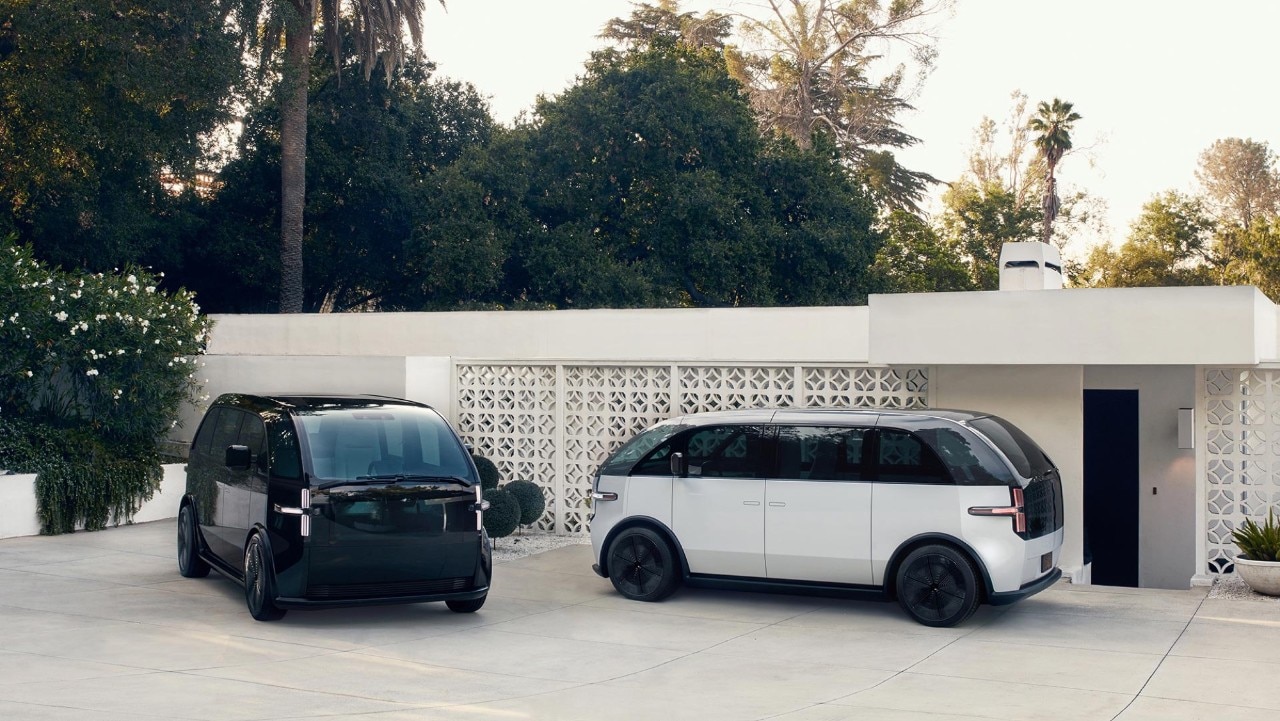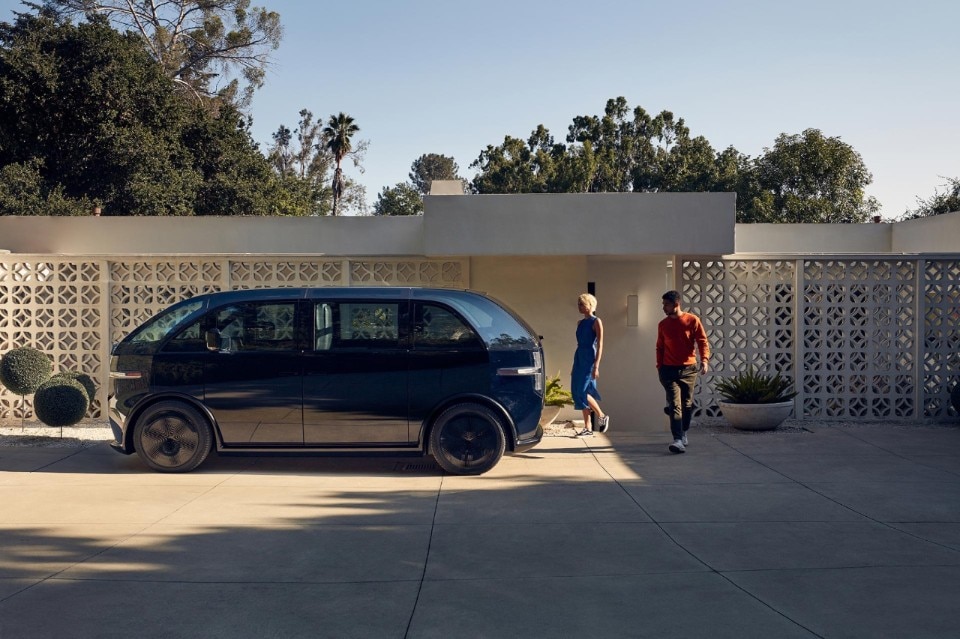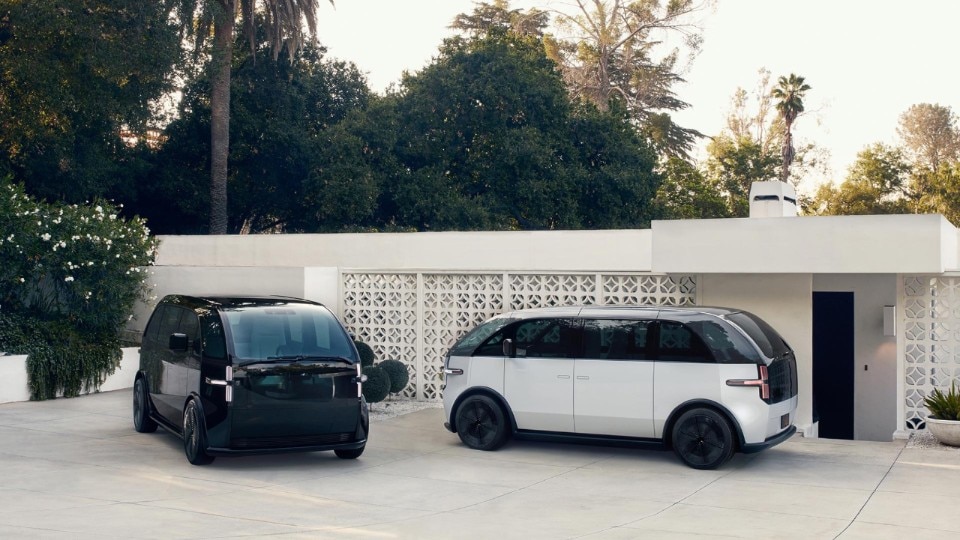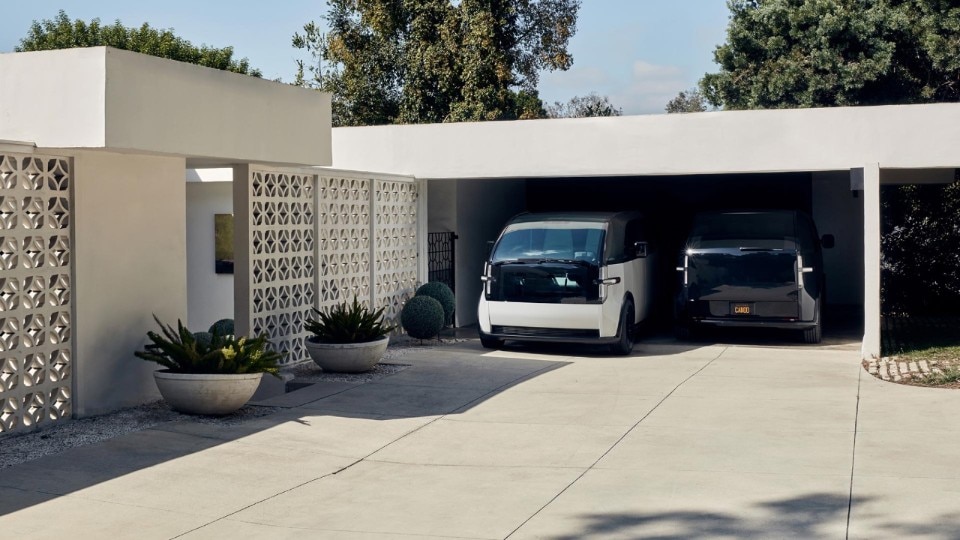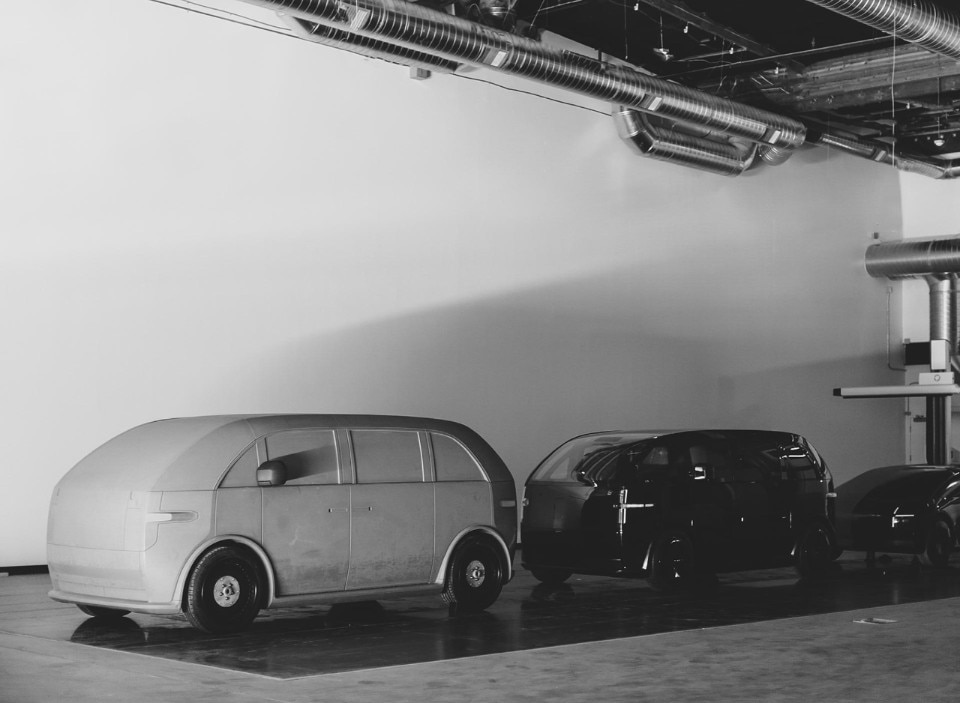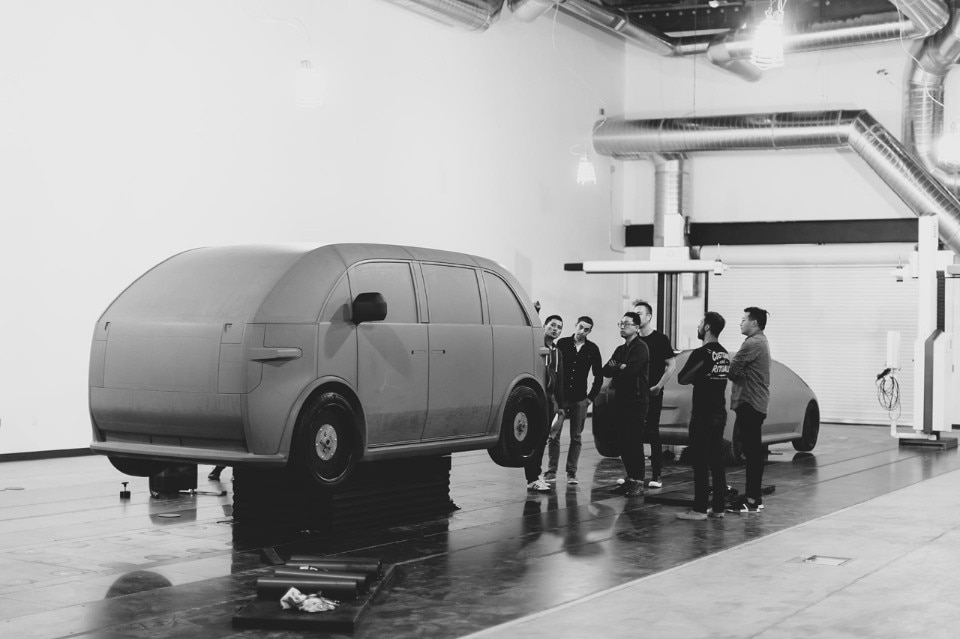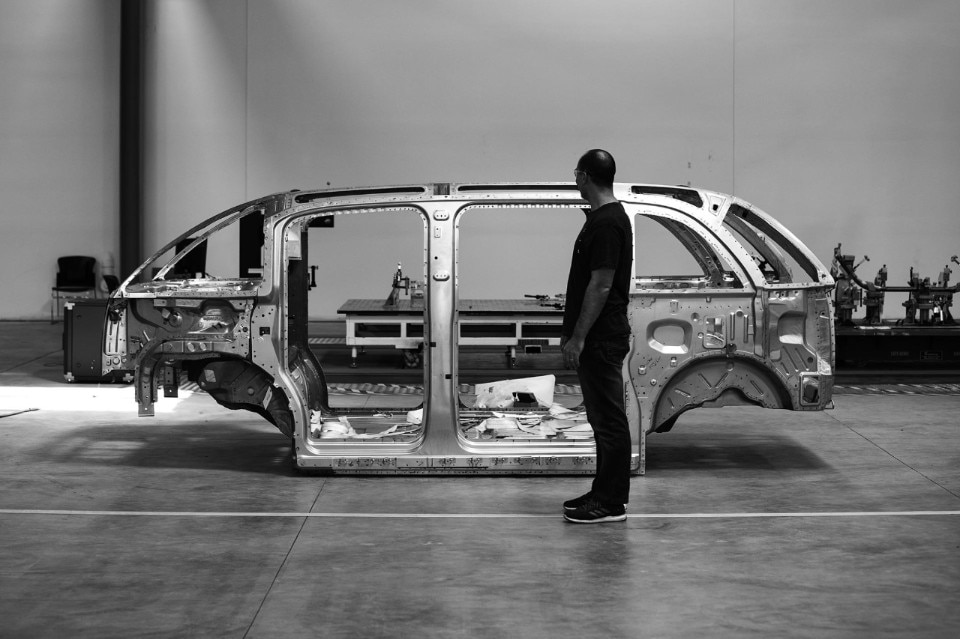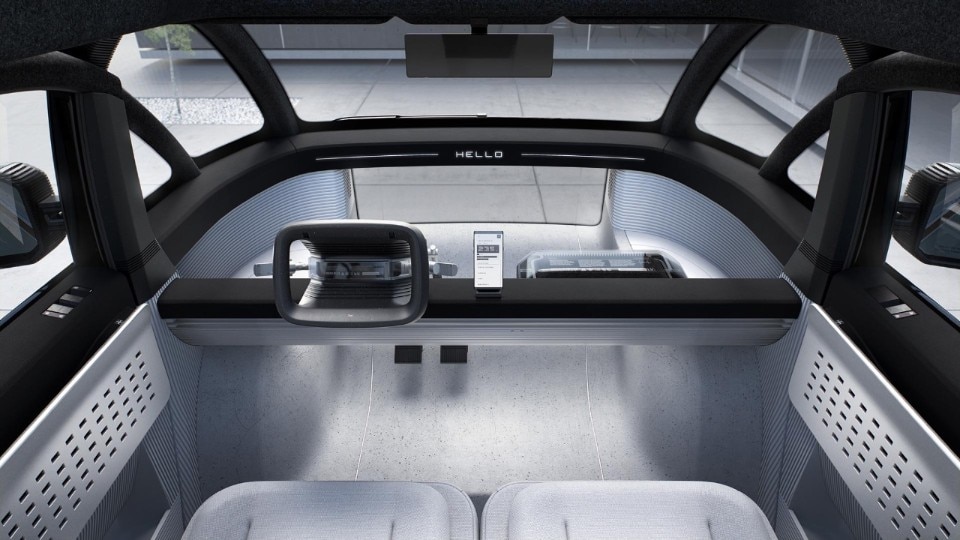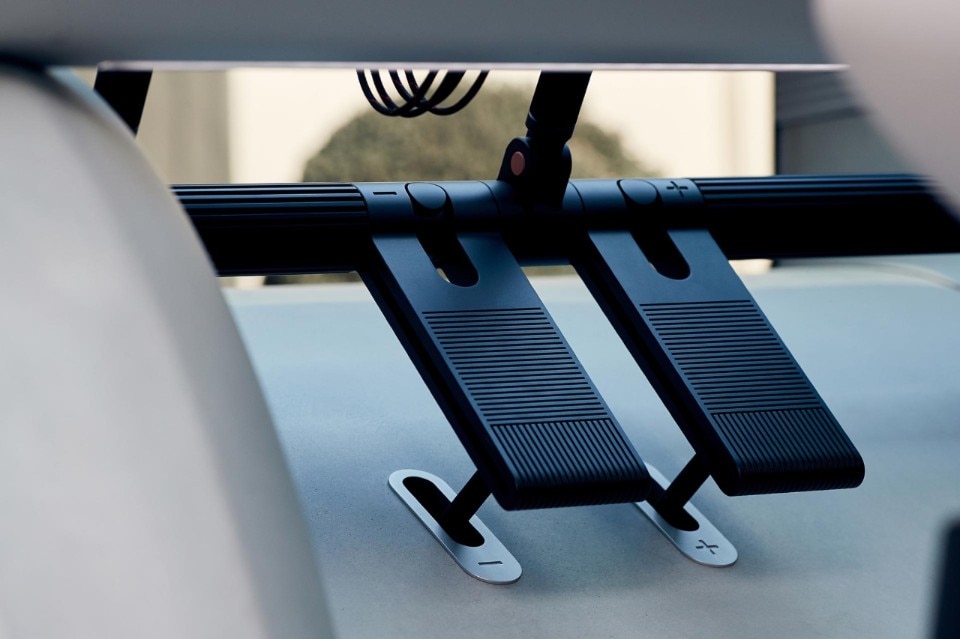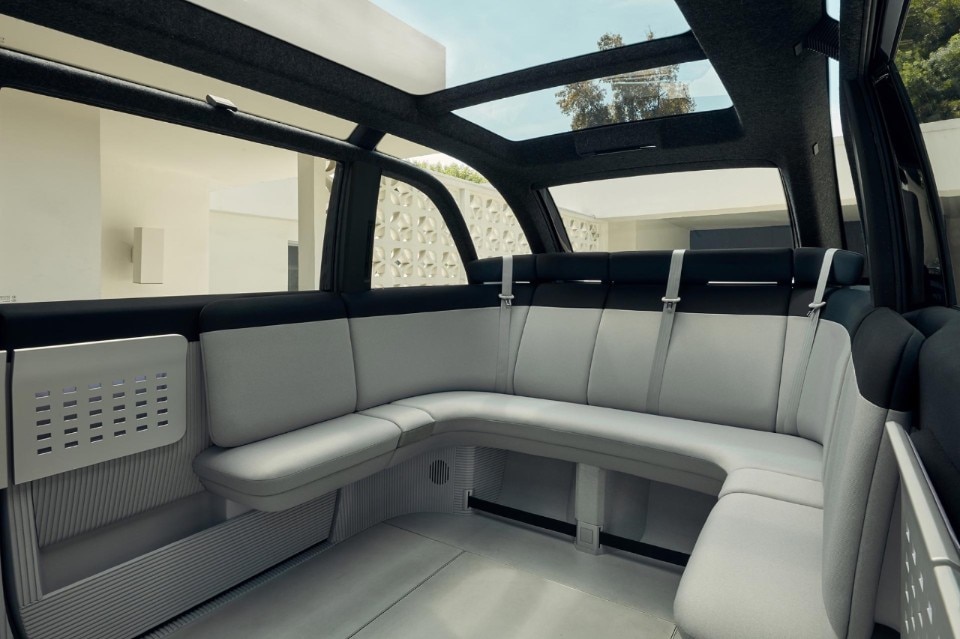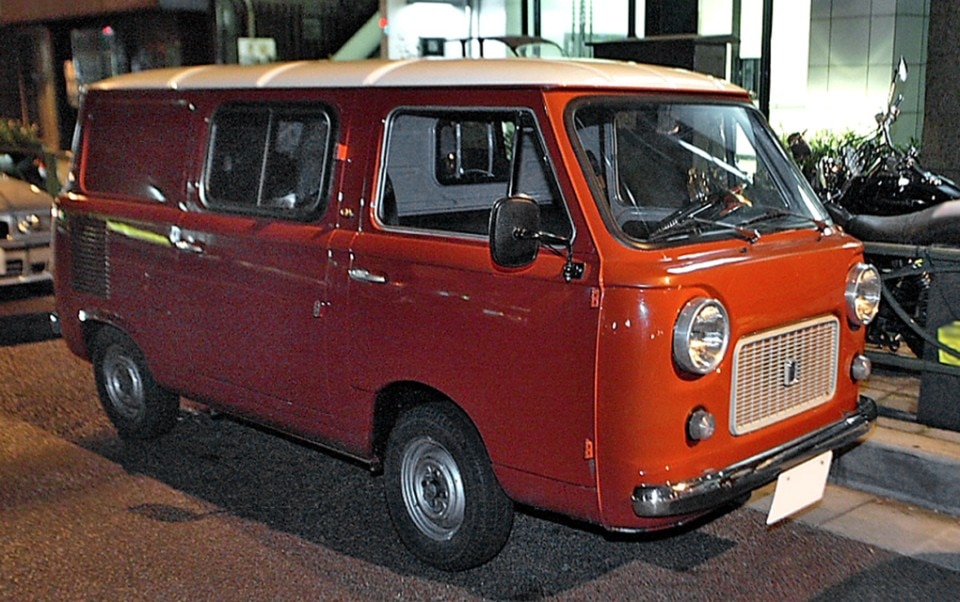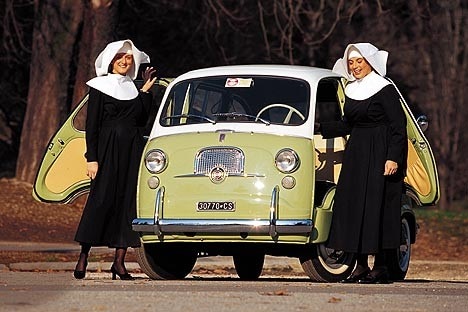Ask a kid to draw a car, and you’ll always get more or less the same result: a rectangular shape over two circles with some sort of trapezoid on top. It’s a testament to how much the old car design we’re accustomed to is ingrained into our idea of what a car should look like. Sure, it would be foolish to dismiss a century of incredible and revolutionary car designs just like that, but it’s undeniable that the shape we associate with a car is more or less set, and that it has to do with the unavoidable presence of a combustion engine.
So why do electric cars still look just the same as old, regular, fossil-fuel-burning vehicles, even if they don’t actually need to be shaped like one? Well, aerodynamics, for one. Years into the electric mobility revolution, though, we’re probably ready for a change. That’s at least what convinced Ulrich Kranz, a former BMW engineer, to create the Canoo, a new car that offers the same passenger and luggage space as a big SUV, but with the footprint of a Prius. The car looks like a giant jelly bean, with a rounded, reassuring shape, four doors and interiors that remind of a living room.
The car aims at a target of SUV owners, especially those who buy big cars to drive a large family around. Kranz’s car design approach is definitely interesting, but least from a purely aesthetic point of view it’s hard to consider it totally novel. It’s to point out at least some resemblance with the iconic Volkswagen Transporter of yore. The people with a little familiarity with vintage Italian car design will also notice the Canoo looks a bit like the Fiat 600 Multipla and the FIAT 850T, both jokingly known in Italy’s as The Nuns’ van.
Despite being one of The Canoo’s marketing tentpoles, the car’s design is complemented by a number of interesting semi-autonomous features such as pedestrian recognition and advanced lane assist. The car is also updatable over-the-air, and it was designed to be made fully autonomous in the future. Last but not least, the battery offers a 250 miles range and can be recharged up to 80% in half an hour. The most innovative element of Canoo’s offer, though, might be the subscription model that would give user the option to basically rent the car with a fixed monthly fee that includes insurance, charging at existing stations, registration and all the overhead that comes with car ownership. This way the company can cater directly to consumers without any need to build dealerships. It’s a system that in Germany already works fine for electric scooters, but no automakers has yet tested for cars on a large scale. In 2020 Canoo will be still on a testing phase, with production scheduled for later this year. If everything will go according to plan, the company will begin delivering the first cars to customers in the L.A. area at the beginning of 2021, before expanding to other West Coast city and then to the East Coast.
- Brand:
- Canoo
- Anno:
- 2020


